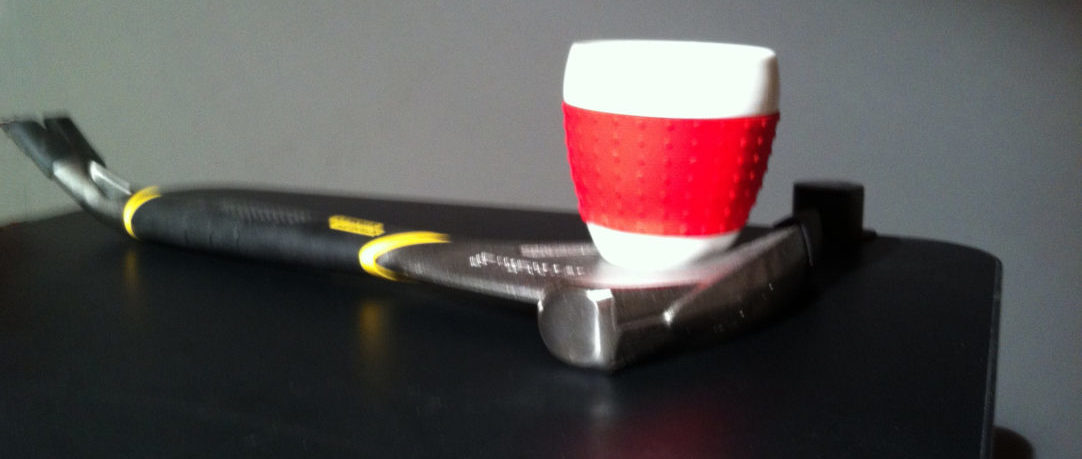OOO Relationships
I found myself forced to re-explore the Object vs. Parts vs. Surface (OPS) issue when looking for appropriate opportunities to apply OOO in practice (previous post). It occurred to me that the OPS distinctions might be the source of the much-maligned (by me) idea that objects don’t directly interact with anything. Considering direct interaction in light of OPS, it is clear that the object itself doesn’t “reside” at the level of the interaction; rather the object is the result of the interaction(s). The surface part of the object interacts, but is the object that is considered blemished and weakened by the corrosion, or perhaps enhanced and strengthened by the patina(depending upon our relation to the object). The surface changes but evaluating that change requires reference to the object.
The ability of the object to engage in relationships is predicated upon the interactions of its parts, but the “quality” of the relationship is a property that adheres at the level of the object. This immediately begs the question: what is the object?
I view the object as the entity framing the evaluation of the relationships in which it is involved. Of course, the object itself is in turn defined by its relationships. Said another way: when we consider the object in a relationship, we use this same relationship in concert with others to define and delineate the object. For example, designating something as a chair object requires that it can satisfy the condition: “a chair is a machine for sitting on” (apparently Le Corbusier’s saying), likewise a door is something that selectively allows or denies access, etc. A relationship not only binds the object, but also binds (and adheres) all the salient parts. A relationship is not binary, but rather multivalent and semi-transitive. A relationship is also contingent: it depends upon the particular person, time, mood, etc.
Inherently, the object and its relationships form a dynamic nexus stable enough to be noticed and analyzed.
This contingency of objects and relationships generalizes: it applies to any objects we might consider. Take for example relationship-based evaluations of a wheel or ball bearing:
- Is it round enough?
- Is it low friction enough?
- Is it stable enough?
Each contingent “enough” needn’t be specified as either a set of parameters or as outputs. “Enough” simply designates an open-ended set of performance criteria: can it function in the current environment? The current environment constrains the contingency; it may change from a granite surface to an aircraft carrier to a semiconductor wafer fab. Each environment has different tolerances for smoothness, stability etc.
When something is amiss with the relationship, e.g., the relationship between the wheel and the object benefitting from the wheel, one can cast about at will for a solution: replace the wheel; polish and apply corrosion preventative to the bearing, etc.
The benefitting from the wheel relationship is the focusing mechanism for the investigation Contingent focusing obviates the need for a reductionist approach, and precludes the requirement for an a priori listing of criteria. You simply take the relationship as it is and look for ways to improve it, using either a priori desiderata or prior performance as a guide. There is no need for the “top level” relationship to specify in detail all the salient parts; it merely need imply rough criteria that sponsor further investigation when interrogated.

Leave a Reply